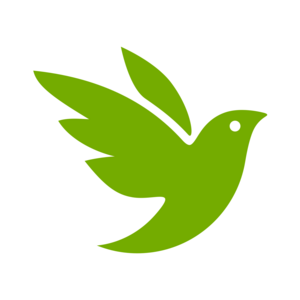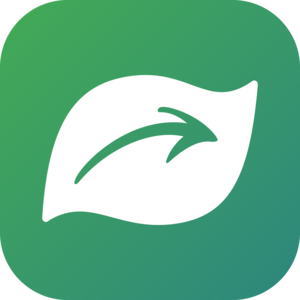Annotations
On the lower right hand side of any observation page, you'll see a heading section called "Annotations" alongside Projects, Observations Fields, and Tags.
Annotations vs. projects, observation fields, and tags
Projects, Observation Fields, Tags and Annotations are all ways to mark, group and organize observations. Here's how they differ:
- Tags can be any text string, they can only be added to your own observations and can be used to search for observations.
- Projects are groups of observations with a common purpose. Any one can create projects and add any observations to them (unless the observer has opted out). Projects are recommended for community building, rather than just tracking observations.
- Observation Fields have names (such as 'Living?') and allowed values (such as 'dead' or 'alive'). The values have types such as numeric, text, dates. Text can include any arbitrary user entered string, or selecting among predefined values. Any one can add observation fields to any observation (unless the observer has opted out). Often observation fields are associated with a particular project seeking to gather additional, relevant metadata. Existing observation fields can be reused or anyone can create new observation fields.
- Annotations are similar to Observation Fields but they are maintained by iNaturalist administrators. This is to avoid the duplication and general 'chaos' among observation fields resulting from their many different creators and uses. Currently Annotations exist for Life Stage, Plant Phenology, Alive or Dead, and Sex. We anticipate adding more. See the current list of annotations and values here.
A key advantage of annotations is that they bubble up from observations to the iNaturalist Species pages. For example, on the Spotted Tussock Moth species page, the seasonality graph has a 'Life Stage' tab. The graph in this tab is driven by annotations on observations and can be used to visualize that larvae emerge later than adults accounting for the 'two-humped' seasonality distribution. Similarly, if you click on 'View more' in the photos section, the ability to filter photos by just 'Life Stage' = 'Larva' to see what Spotted Tussock caterpillars look like is also driven by annotations.

How to add annotations
The benefits to the species pages from annotations will only emerge if enough people take the time to annotate observations. You can add annotations one at a time from each observation page, but that can be tedious. We've extended the 'Identify' tool to make it easy to quickly add annotations to encourage more people to help contribute this data. Here's how to do it. First, click on 'Identify' from the main menu.

- From the 'Identify' tool, first type in the name of the species with observations that you want to annotate.
- Next, expand the 'Filters' menu and uncheck 'Needs ID' (you want to annotate observations regardless of whether they need identifications).
- Next, click 'any' under Reviewed (you want to annotate observations regardless of whether you've already reviewed their IDs).
- Then expand 'More filters' and under 'Without annotation' add the name of the annotation you want to fill out (this will return only observations that haven't been annotated).
- Lastly, click 'Update Search' to retrieve the observations.

Now you can click on the first of the observations to open the modal. Tap on the 'Annotations' tab where you will be able to select and add annotations. The real efficiency of using the 'Identify' tool comes from using Keyboard Shortcuts explained in the menu. For example, the arrow keys to move to the next observation, 'la' will add an annotation of 'LifeStage=Adult' and 'll' will add an annotation of 'LifeStage=Larva'. You can find out more about the 'Identify' tool in this tutorial video

Sharing annotated data further: Wikipedia
Thanks for helping to add annotations. If you annotate a species to the point that the Seasonality graphs on the species page look pretty robust and find interesting patterns in life stage, sex, or flowering phenology, one last step we encourage you to do is add this information to the relevant Wikipedia article for the species. We use Wikipedia content in the iNaturalist species pages as do many other sites, and adding to Wikipedia is a great way to help grow Wikipedia and strengthen links with iNaturalist. In our experience, robust sources of phenology data, such as the data you are helping iNaturalist collect via annotations, are hard to come by, and this information is often either missing from Wikipedia or not well referenced.
To edit Wikipedia, first navigate to the relevant article on Wikipedia from the About tab on the iNaturalist species page. We recommend you sign up/log in to Wikipedia, but you don't have to. If the article doesn't have existing text on the subject of seasonality as it relates to what you annotated (e.g. life stage, sex, or flowering phenology) or if the text lacks a reference, you can help. For example, here's what I added to the Wikipedia article on Spotted Tussock Moths:
The moth flies from May to July; the larvae remain from July to September. {{cite web|title=Lophocampa maculata - Spotted Tussock Moth - iNaturalist|url=http://www.inaturalist.org/taxa/67691-Lophocampa-maculata|accessdate=29 June 2017}}




